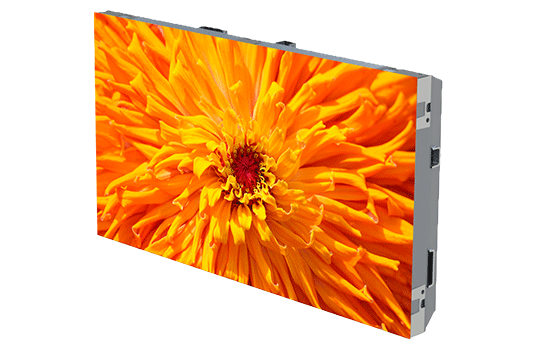Investigating The Way Resolution Affects the Performance and Aesthetic Caliber of LED Screens in Modern Display Techniques
Investigating The Way Resolution Affects the Performance and Aesthetic Caliber of LED Screens in Modern Display Techniques
Blog Article
Light Emitting Diode walls are growing increasingly popular in different environments, from musical events and sports competitions to business presentations and art exhibits. One of the key crucial factors that influence the functionality and image quality of these displays is image clarity. Resolution refers to the quantity of pixels that make up the visual on the display. Higher image clarity indicates more pixels, which can result in clearer and crisper images. Understanding how image clarity impacts LED walls can help users make informed choices about their screen needs.
When discussing image clarity, it is crucial to take into account picture pitch, which is the distance between the center of one picture element to the center of the following pixel. A reduced pixel spacing results in a higher resolution, enabling more detail in the visuals shown. For instance, an LED wall with a picture pitch of 1.5mm will provide a sharper image than one with a picture pitch of 3mm. This is particularly crucial in environments where audiences are close to the screen, such as in a small venue or a exhibition event booth. In these situations, a higher resolution can significantly improve the viewing experience.
Another aspect of image clarity is its effect on color precision and brightness. LED screens with higher image clarity often have better hue rendering, meaning that the colors shown are increasingly vibrant and true to life. This is crucial for applications like marketing, where the goal is to capture interest and convey a message efficiently. Additionally, greater resolution displays can preserve luminosity levels even when seen from various angles. This is crucial in large locations where viewers may be seated at various ranges and angles from the screen.
The performance of LED walls is also influenced by resolution in terms of refresh frequencies and reaction durations. A greater resolution display can support faster refresh rates, which is crucial for dynamic content such as films and motion graphics. This indicates that the visuals on the display will appear smoother and increasingly seamless, improving the total observing quality. In comparison, reduced image clarity screens may have difficulty with fast-moving content, leading to fuzziness or lag. Therefore, for events that rely on high-energy visuals, choosing a display with led wall panel brightness levels a suitable resolution is vital.
In conclusion, resolution plays a vital role in determining the functionality and image quality of LED walls. Factors such as pixel pitch, color accuracy, brightness, refresh rates, and response times all contribute to how effectively a screen can convey data and engage viewers. As technology continues to advance, grasping these factors will assist operators choose the right LED screen for their specific needs, ensuring that they achieve the optimal potential outcomes in their displays and occasions.